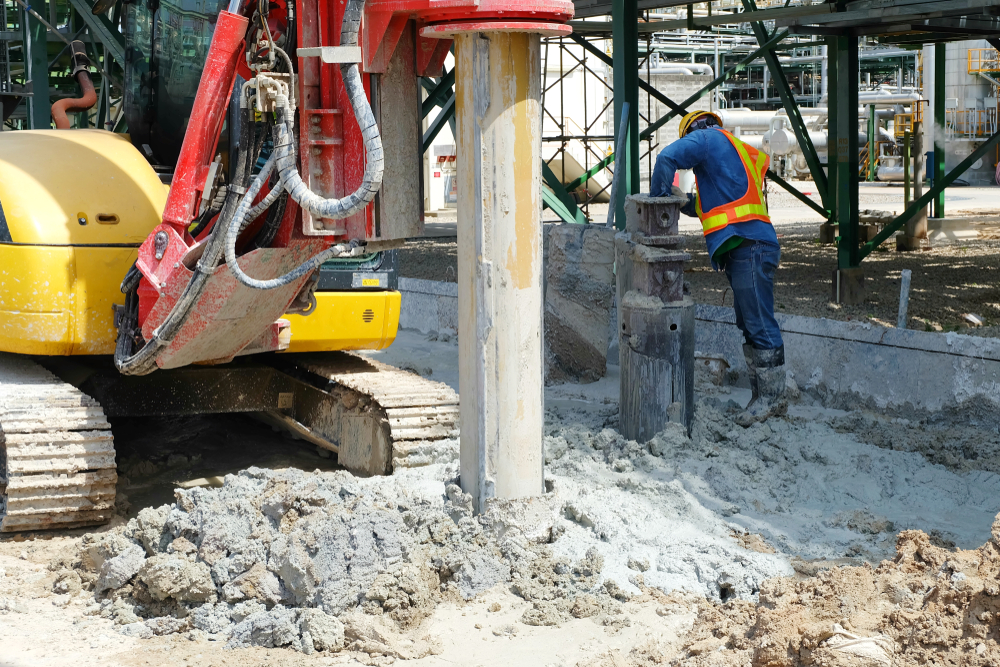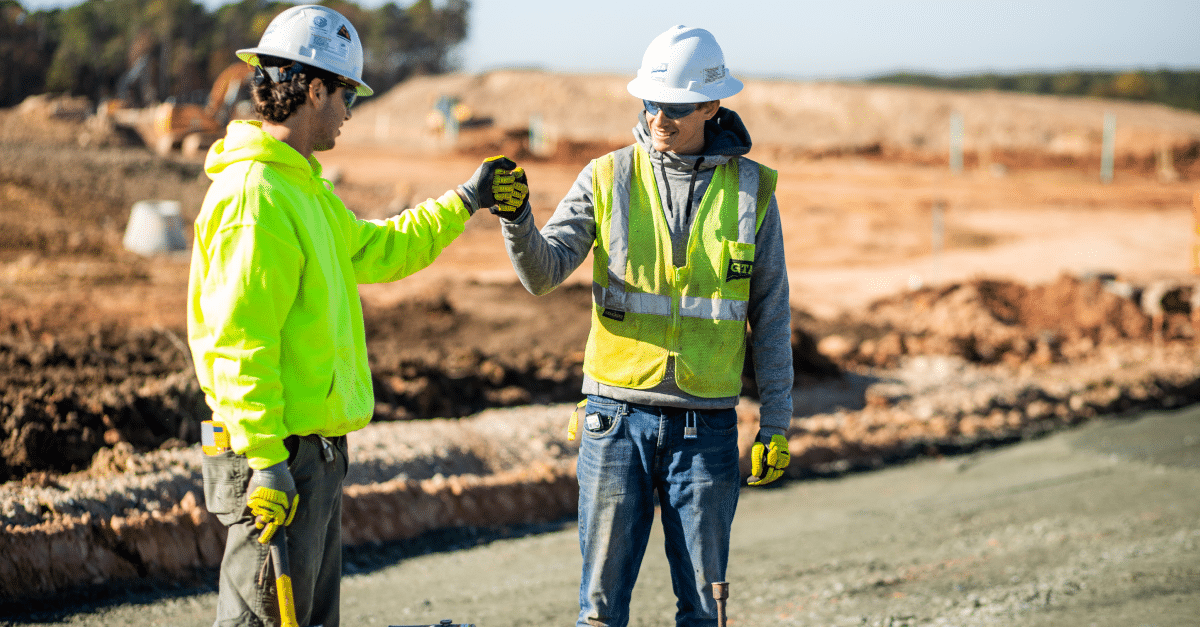Geotechnical Engineering For Construction Projects Things To Know Before You Get This
Table of ContentsThe Main Principles Of Geotechnical Engineering For Construction Projects Top Guidelines Of Geotechnical Engineering For Construction ProjectsExcitement About Geotechnical Engineering For Construction ProjectsRumored Buzz on Geotechnical Engineering For Construction ProjectsGetting My Geotechnical Engineering For Construction Projects To WorkAll about Geotechnical Engineering For Construction Projects
The duty of geotechnical engineering substantially handles understanding the functions of soil and rock, which may differ significantly by their density, moisture web content etc. These features must be taken a look at by geotechnical designers to anticipate their motions under different conditions. The safety in addition to stability of frameworks are affected by soil problems, making this evaluation needed.A geotechnical engineer will analyze soil to determine the bearing ability of the earth and advise appropriate structure kinds, such as superficial structures, deep foundations like piles, or specialized services like floating structures for soft soils. Comprehending the features and activities of dirt and rock, in addition to exactly how they connect with constructions that have been set up on or within them, is just one of the main explanations for why geotechnical engineering is essential.
In enhancement to architectural preparation and construction, geotechnical design is likewise crucial to the reconstruction and maintenance of pre-existing frameworks. Age-related deterioration or additional problems could affect a framework's stability and efficiency. Environmental management is completed through geotechnical engineering. Knowledge in air, water, and dirt quality maintenance is put to utilize by geotechnical designers to minimize the unfavorable impacts of jobs.
Framework development, offshore engineering, passage building and construction, and deep structures. Risk-based layout and multidisciplinary teams. These components will certainly maintain the field developing and ensure its ongoing importance in the years ahead. To summarize, geotechnical engineering is an important technique that preserves the durability and honesty of civil infrastructure. Geotechnical designers add to making structure projects reliable around the globe by recognizing the practices of planet materials and applying suitable planning methods.
Geotechnical Engineering For Construction Projects - Truths
By checking out dirt, rock, and subsurface problems, geotechnical designers give vital insights that aid in the layout, construction, and maintenance of structures and infrastructure.

The Of Geotechnical Engineering For Construction Projects
Research laboratory testing: Establishing the properties of soil and rock. Area testing: Performing examinations on-site to assess conditions. Evaluation and style: Using data to design foundations, retaining wall surfaces, passages, and various other frameworks. Numerous top-level building and construction projects have efficiently used geotechnical design to ensure their stability and safety and security. :: The world's highest building needed a deep understanding of the underlying geology.

As a leader in geotechnical design, BECC Inc. is committed to supplying innovative and reliable remedies that satisfy the highest standards of quality and safety and security. To learn more on exactly how BECC Inc. can support your next building task, contact us today and let us aid you improve strong ground.
William Rankine, an engineer and physicist, established an alternate to Coulomb's earth pressure theory. Albert Atterberg developed the clay consistency indices that are still used today for soil classification. In 1885, Osborne Reynolds identified that shearing causes volumetric extension of dense products and tightening of loose granular products. Modern geotechnical engineering is stated to have a peek here have started in 1925 with the publication of Erdbaumechanik by Karl von Terzaghi, a mechanical designer and rock hound.
4 Simple Techniques For Geotechnical Engineering For Construction Projects
Terzaghi additionally established the framework for theories of birthing ability of structures, and the theory for forecast weblink of the rate of settlement of clay layers due to consolidation. Afterwards, Maurice Biot completely created the three-dimensional soil debt consolidation theory, expanding the one-dimensional version previously developed by Terzaghi to much more general hypotheses and presenting the set of basic equations of Poroelasticity.
Geotechnical engineers investigate and figure out the residential or commercial properties of subsurface conditions and products. They likewise develop equivalent earthworks and maintaining frameworks, passages, and framework structures, and might manage and examine sites, which might further entail website surveillance in addition to the threat evaluation and mitigation of all-natural risks - Geotechnical Engineering for Construction Projects. Geotechnical designers and design rock hounds execute geotechnical investigations to obtain details on the physical residential properties of soil and rock hidden and beside a website to design earthworks and structures for proposed structures and for the fixing of distress to earthworks and structures caused by subsurface problems.
Some Known Details About Geotechnical Engineering For Construction Projects
Geologic mapping and analysis of geomorphology are usually finished in examination with a rock hound or design rock hound. Subsurface expedition usually involves in-situ testing (for instance, the standard penetration test and cone penetration test). The digging of test pits and trenching (especially for situating mistakes and slide airplanes) might additionally be made use of to find out concerning dirt problems at deepness. , which uses a thick-walled split spoon sampler, is the most usual means to accumulate disrupted samples.

Normally, the interface's exact geometry is unidentified, and a simplified user interface geometry is assumed. Limited slopes call for three-dimensional designs to be analyzed, so most inclines are evaluated thinking that they are infinitely vast and can be represented by two-dimensional versions.
How Geotechnical Engineering For Construction Projects can Save You Time, Stress, and Money.
Producing the style based on a working hypothesis of behavior anticipated under the most probable problems. Selection of quantities to be observed as construction proceeds and computing their anticipated values based on the functioning theory under the most undesirable conditions.
Dimension weblink of amounts and analysis of actual conditions. Design alteration per real problems The empirical technique is appropriate for building that has currently started when an unforeseen development takes place or when a failing or mishap looms or has currently occurred. It is inappropriate for jobs whose style can not be altered throughout building and construction.
Comments on “What Does Geotechnical Engineering For Construction Projects Mean?”